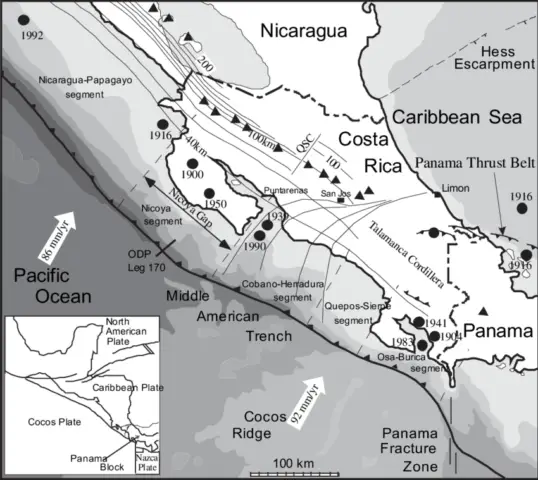
Following the presentation of the “Tsunami Risk Community Management Training Manual“, some 200 coastal communities in Costa Rica will have a guide to prepare and reduce the degree of impact from the threat of tsunamis.
The manual guides working with coastal communities throughout Costa Rica in developing their tsunami preparedness, response plans, and procedures.
This guide was developed thanks to the joint work of the Coastal Interdisciplinary Program (PIC) and the National Tsunami Monitoring System of the School of Physics, both from the National University (UNA), that allows the transmission of scientific information related to this type of natural events, through training modules on aspects of prevention, response and attention to the comprehensive effects of a tsunami.
Also, it gives guidelines for working with each community, within its characteristics, since each one presents particularities in terms of population, infrastructure, number of visitors, and scale of tourist activity, among others. In this sense, this guide involves both the local community and the migrant population, including visiting tourists.
“The objective is that people in coastal communities can promote collective actions that contribute to reducing the degree of affectation to which they can be exposed due to a natural threat of this nature,” said Silvia Rojas, from the PIC.


